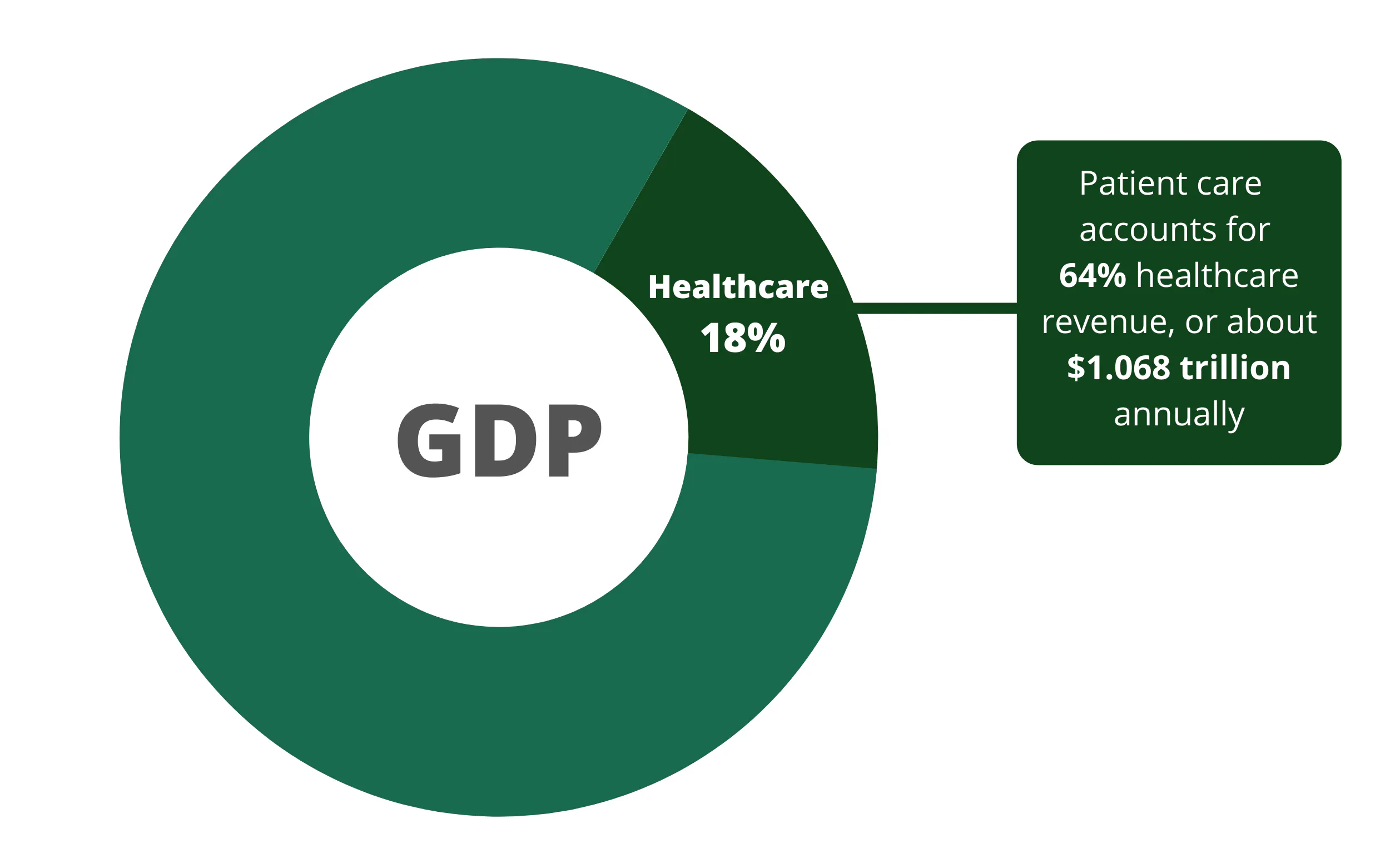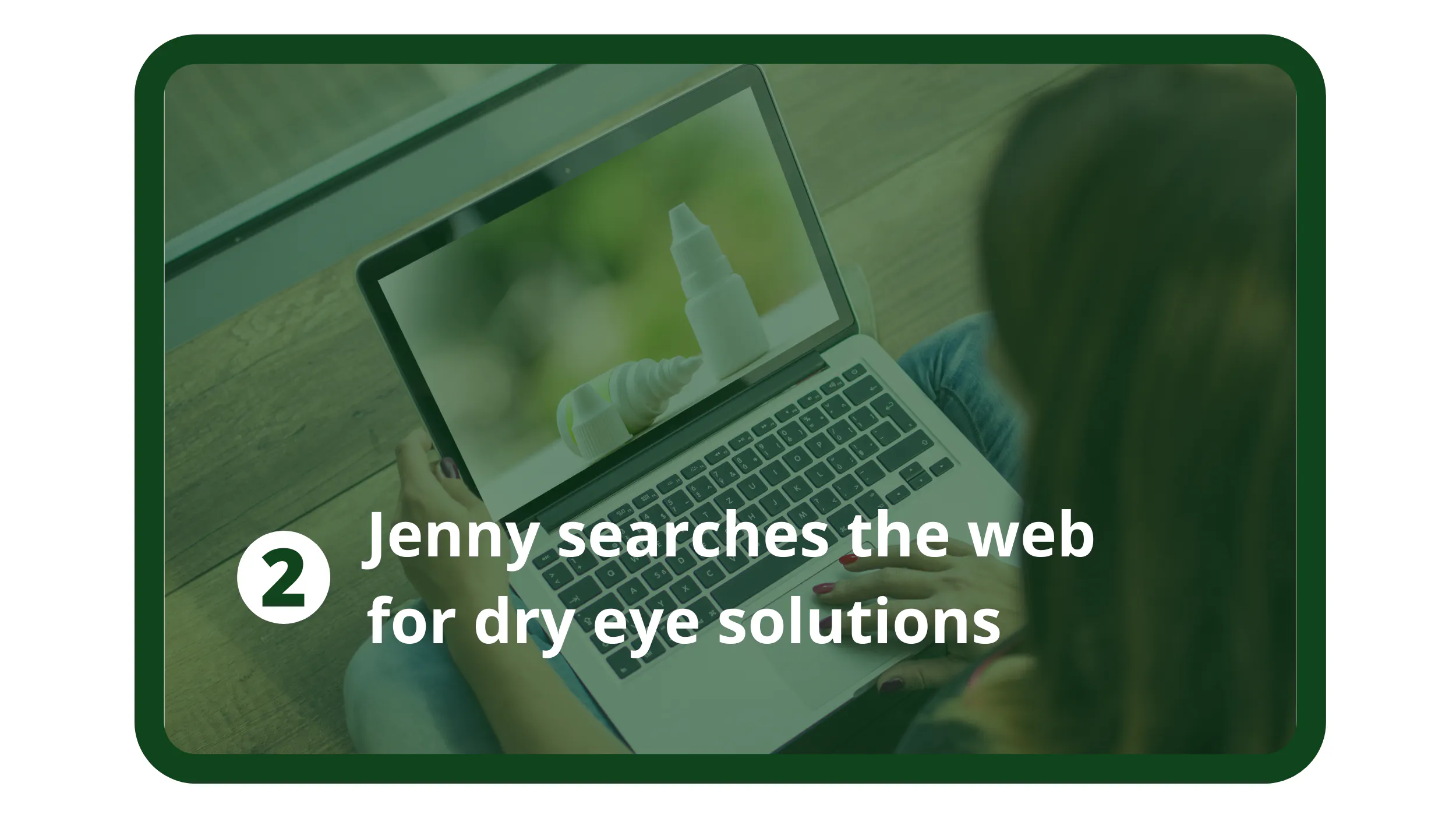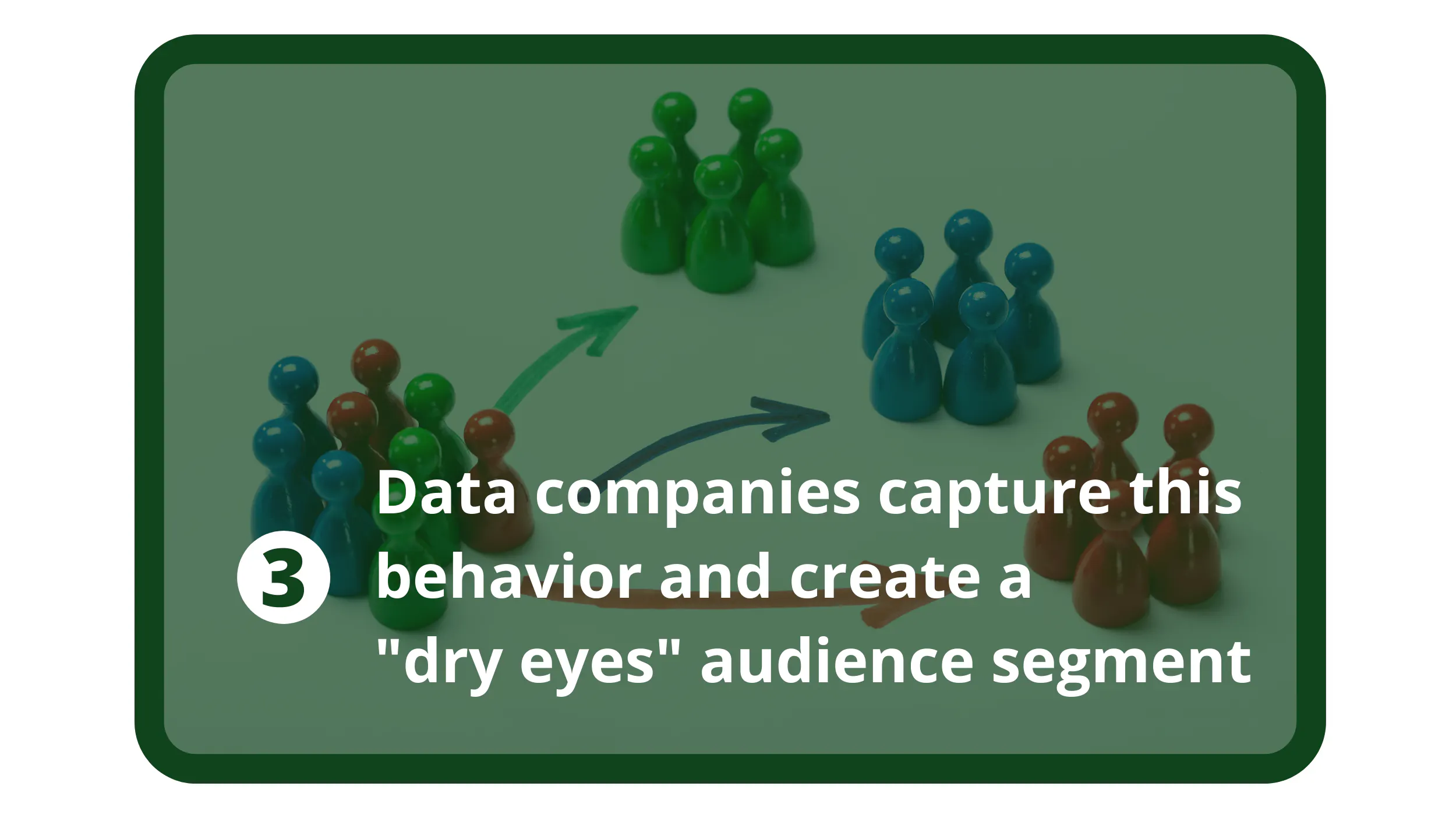Introduction
This blog post delves into the ways that pharmaceutical companies, medical device manufacturers and other healthcare marketers can leverage behavioral data to target specific consumers. It’s important to note that ShareThis respects all consumer and physician privacy rights. We also maintain strict adherence to the NAI code of conduct, which is “a set of self-regulatory principles that require NAI member companies to provide notice and choice with respect to Interest-Based Advertising (IBA), Cross-App Advertising (CAA), and Retargeting (collectively, Tailored Advertising) as well as Ad Delivery and Reporting (ADR) activities.”
Why is it important to emphasize our adherence to privacy regulations? Healthcare data is one of the most protected classes of data in the U.S. In 1996, Congress passed the Health Insurance Portability and Accountability Act (HIPAA), which created national standards to protect sensitive patient health information from being disclosed without the patient’s consent or knowledge.
By law, all health information is deemed “protected health information” and is subject to HIPPA’s Privacy Rule, which grants every consumer the right to understand and control how their health information is used and shared.
The penalties for HIPAA noncompliance are steep, ranging from $100 to $50,000 per individual violation. Additionally, violations can result in jail time for the people who are responsible for them.
Why Market to Healthcare?
Given the privacy regulations surrounding healthcare data, you may wonder why anyone would do any marketing at all. There are several reasons why marketing in this sector is important. First, healthcare is the largest sector in the US economy, and accounts for 18% of our GDP. Patient care represents the lion’s share of spending, accounting for 64% healthcare revenue, or about $1.068 trillion annually. A sector this size requires all business services, including marketing and advertising.
Moreover, advertising can actually be about more than just boosting the bottom line for big pharma. In its purest form, it is a genuinely effective way to connect those suffering from a condition to those providing a possible remedy.
The key to successful healthcare marketing is to understand how to target consumers in fully privacy compliant ways. For consumers, that means targeting them as they consult Dr. Google.
How Does the U.S. Healthcare Sector Use Real-Time Behavioral Data for Marketing and Advertising Purposes?
Across the healthcare sector in the U.S., data is commonly used to target consumers, measure audience reach, and attribute sales to ads seen in certain (but not all) scenarios. Real-time behavioral data is especially critical to pharmaceutical companies and medical device manufacturers because it allows them to:
- Gain deeper understandings of existing and potential customers
- Optimize their sales funnel, including the upper funnel
- Boost campaign results
- Apply third-party market data for richer insights
Real-time behavioral data is useful in raising awareness of these products to consumers and prompting them to talk to their doctors about them.
Pharmaceutical Marketing
Let’s say a pharmaceutical company spent the past ten years — and tens of millions of dollars — researching, conducting clinical trials, and seeking FDA approval for a new therapy for dry eyes. The company will have a surprisingly short window of opportunity (ten years max) to make a splash and recoup its expenses. Naturally, the company will want to target consumers as quickly as possible, and one way would be to launch an online campaign.
Let’s see it in action.
Targeting Consumers Who Visit “Dr. Google”
Meet Jenny, a young woman who is experiencing dry eyes and searches for causes and treatments on the web. She reads a blog post about dry eyes on the website of a brand that offers over-the-counter eye drops, an online medical journal sponsored by a different eye drop company, as well as a WebMD entry.
Jenny’s behavior is captured in real time and may be used by a variety of data companies to:
- Create pre-packaged audience segments (e.g. “dry eye sufferers”) which marketers may purchase off-the-shelf.
- Build custom segments, based on the needs of the specific campaign. This may include search terms such as “itchy eye,” “dry eye,” “allergies,” to name a few and may also include parameters such as computer screen time or the specific brand name of the drug.
- Examine demographic data that looks at social determinants of health, such as age, gender, ethnicity, to build health segments. (This is primarily used when therapies target sensitive conditions, such as cancer. It is a violation of the NAI Code of Conduct to track user behavior for sensitive diseases and conditions.)
All types of datasets, whether they’re pre-built, customized to a campaign, or modeled, can be used for a wide variety of use cases, including awareness campaigns, as well as customer acquisition campaigns.
In this case, the pharmaceutical company can target Jenny with an ad about its breakthrough therapy for dry eyes and include a link to an article that describes how it differs from available treatments, and why she can expect more immediate relief.
To encourage Jenny to make a doctor’s appointment, the company can offer a coupon for a free or discounted trial of the new therapy.
Helping People Live Their Healthiest Lives
Healthcare marketing is a complex business that requires massive amounts of data and technology to target the right consumer in a privacy-compliant way. But the effort is worth the cost and resources for a simple, yet profound reason: All people deserve the right to live the healthiest life possible. The point of better targeting is to connect pharmaceutical companies to the consumers who are actively looking for solutions and educate them so that they can make smart healthcare choices.








